
For most pool owners, diatomaceous earth (DE) filters are the go-to choice to keep their pool water crystal clear. But what happens when your DE filter isn’t functioning as it should? The DE powder leaks into the pool water and makes it murky.
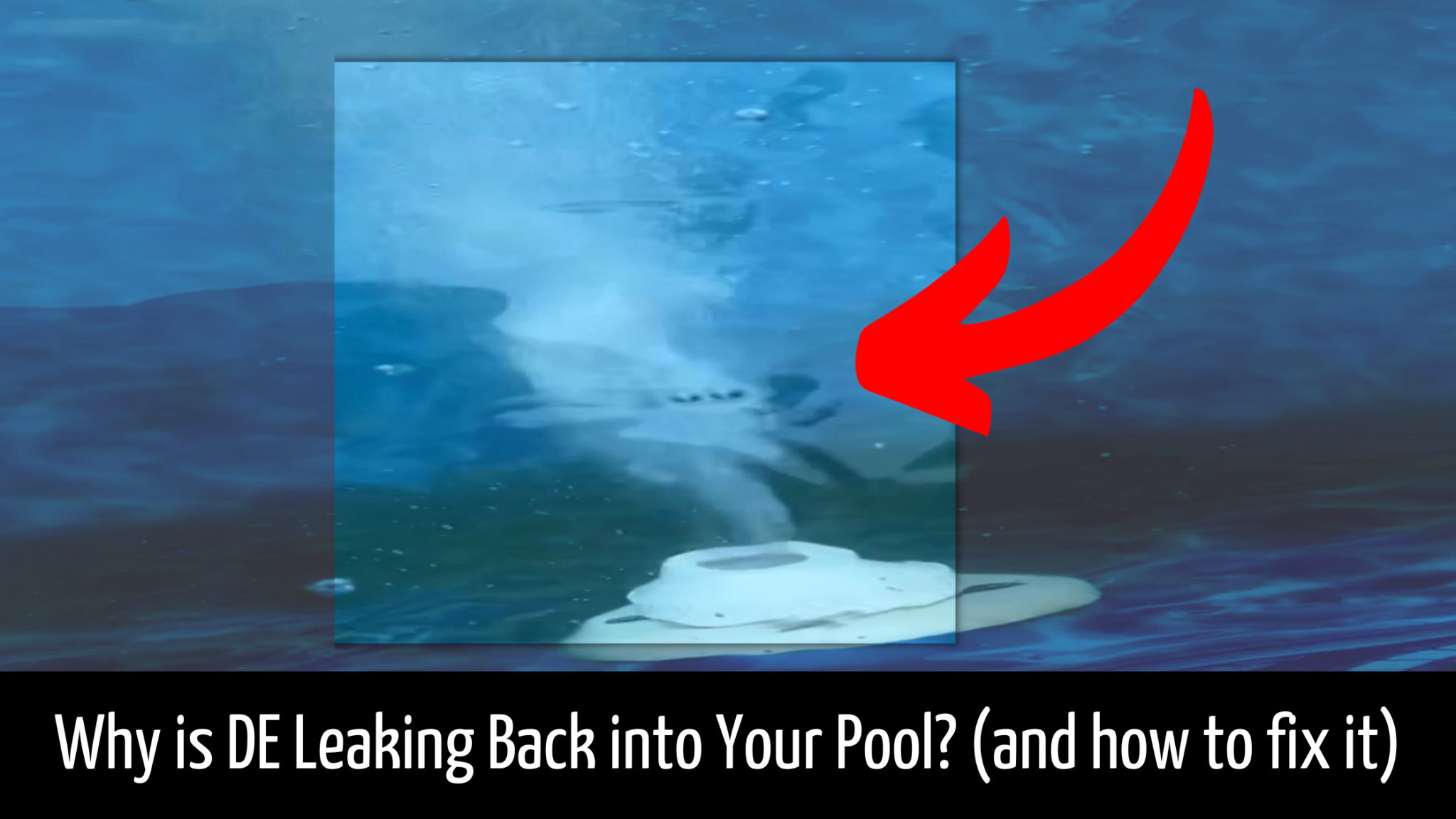
There can be many causes of this problem, some simple and some more complicated. In this article, we will discuss all the potential causes of a DE filter leaking in your pool and how to fix it.
First, let’s learn more about DE filters and their purpose.
With their diatomaceous earth powder, DE filters are highly effective at trapping even the smallest contaminants in your pool water. This filtration system, preferred by many pool owners, offers superior water clarity compared to other filtration methods. But like any pool equipment, DE filters require proper care and maintenance to stay in tip-top shape.
When your DE filter isn’t working correctly, it can lead to murky and unsanitary conditions… the last thing you want for your backyard oasis.
Sometimes, DE filters can malfunction and cause DE to leak back into your pool.
When this happens, the water quality suffers. In this article, we’ll dive into the causes of DE leakage, how to diagnose and fix the issue, and offer tips on preventing future leaks.
So let’s get your pool back to its crystal-clear glory!
Let’s talk about filter grids.
These essential components of your DE filter system capture the diatomaceous earth powder that clings to them, effectively trapping contaminants from your pool water.
When the filter grids are in good shape, they ensure your pool stays clean and clear, perfect for enjoying those warm summer days.
But like anything, filter grids can be damaged or worn out. The most common reasons for damage include age, improper cleaning, or exposure to harsh chemicals.
Stormy weather, debris, and rough handling during maintenance can also contribute to wear and tear. When the grids are damaged or torn, they can’t hold the DE powder effectively, allowing it to leak back into your pool.
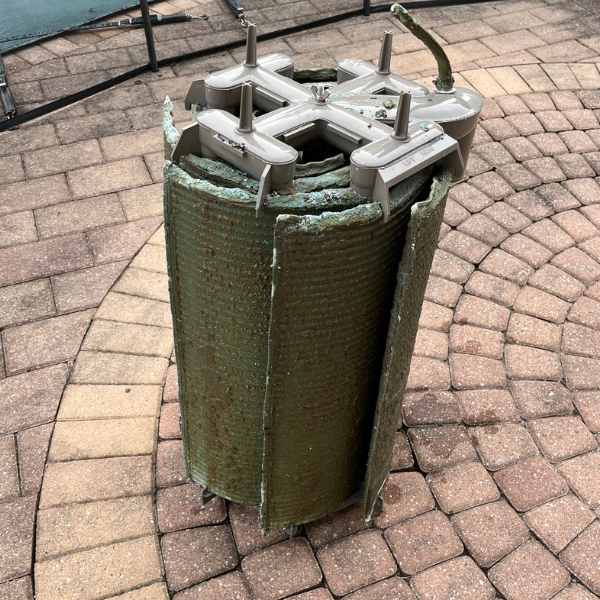
Another key player in your DE filter system is the manifold. This component distributes water evenly across the filter grids, ensuring the DE powder is properly distributed to catch pesky contaminants.
Without a well-functioning manifold, your filter’s effectiveness decreases, and you might start noticing DE in your pool.
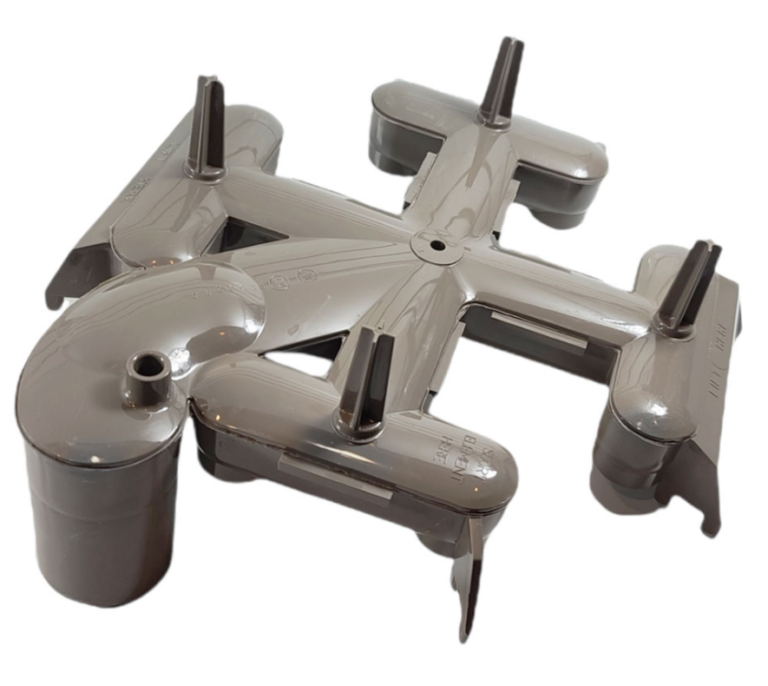
Just like filter grids, manifolds are also susceptible to wear and tear. Cracks, splits, or damage from freezing temperatures during winter can impact the manifold’s performance.
Look for visible signs of wear or damage, such as cracks or brittleness.
If your manifold isn’t in good condition, it might be time to replace it to prevent DE leakage and restore your pool’s water quality.
The multiport valve is the unsung hero of your DE filter system. It controls water flow through the filter and directs it to various functions, like filtration, backwashing, or bypassing the filter. A properly functioning multiport valve is crucial for your filter’s overall performance.
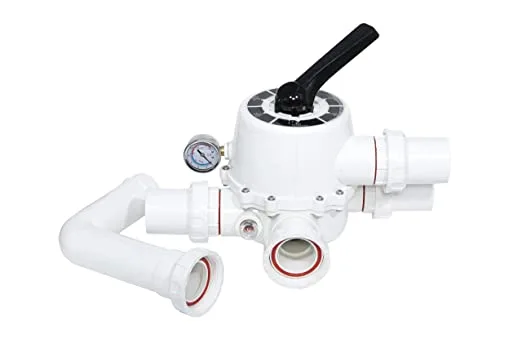
Sometimes a malfunctioning multiport valve can cause DE leakage in your pool. If you see water leaking from the valve, face difficulty turning the handle, or see water flowing out of the backwash line when the valve is set to filter mode, a faulty valve might be the culprit.
Wear, tear, and corrosion are common factors that can impact multiport valve performance. Moreover, harsh winter months can take a toll on the valve components. If you suspect a faulty multiport valve, consider calling a pool professional like Romanelli & Son Pool Service for a thorough inspection and repair.
If you suspect that DE is leaking back into your pool, don’t worry! Diagnosing the issue is simpler than you might think. Let’s dive into some practical ways to pinpoint the cause of DE leakage.
One telltale sign of DE leakage is the sudden appearance of cloudy water or DE particles on the pool floor, especially after adding DE to the skimmers. If you notice DE blowing out of the return jets and settling onto the floor, it clearly indicates something’s amiss. Keep a close eye on the pool water clarity to catch DE leakage early.
To determine the root cause of the leakage, inspect your filter components for any visible signs of damage. Look for tears or holes in the filter grids, manifold cracks, or multiport valve issues. Harsh weather conditions and regular wear and tear can contribute to these issues, so don’t skip this crucial step in your diagnosis.
Backwashing your filter is an essential part of pool maintenance and can help you diagnose DE leakage. After backwashing, monitor the DE levels in your filter system. If the levels are significantly lower than expected, there might be a problem with the filtration components allowing DE to escape back into the pool.
By staying vigilant and using these diagnostic methods, you can promptly identify and address DE leakage issues in your pool promptly, ensuring that your pool remains clean, clear, and ready for summer.
If damaged filter grids are the culprit, you must repair or replace them. Here’s a general process for doing so:
While some minor repairs can be done on your own, don’t hesitate to seek professional help if you’re unsure about the process or if the damage is extensive. Pool professionals like us can quickly address the issue and ensure your filter functions correctly.
If your manifold shows signs of wear or damage, it’s time to repair or replace it. Here’s a general outline for replacing the manifold:
As with filter grid repairs, don’t hesitate to call a pool professional if you’re unsure about the process or need assistance.
To prevent future DE leakage, it’s essential to ensure your filter components are assembled correctly. Here are some tips for successful assembly:
By following these steps and keeping a close eye on your pool’s DE levels, you can prevent DE leakage and ensure your pool stays pristine for endless summer fun.
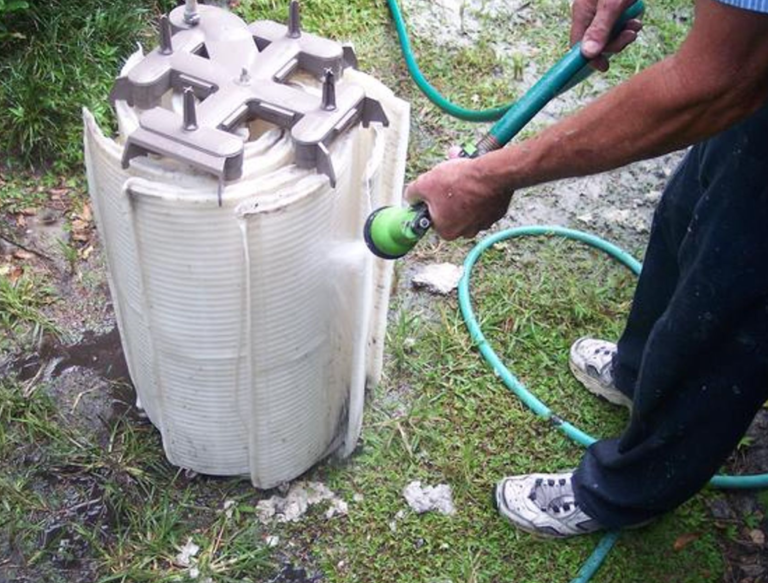
One of the best ways to prevent future DE leakage is by staying on top of regular maintenance and inspecting your filter components.
Make it a habit to:
By catching potential issues early, you can address them before they lead to DE leakage in your pool.
Backwashing is a crucial part of maintaining your DE filter system, and doing it correctly can help prevent DE leakage.
Here are some tips for effective backwashing:
Using the correct amount of DE is crucial for improving your filter system and preventing DE leakage. Too much DE can cause excessive pressure in the filter, while too little DE can reduce filtration efficiency.
Follow these tips for using the right amount of DE:
By following these preventative measures, you can keep your pool looking its best and minimize the risk of future DE leakage, so you can spend more time enjoying your backyard oasis.
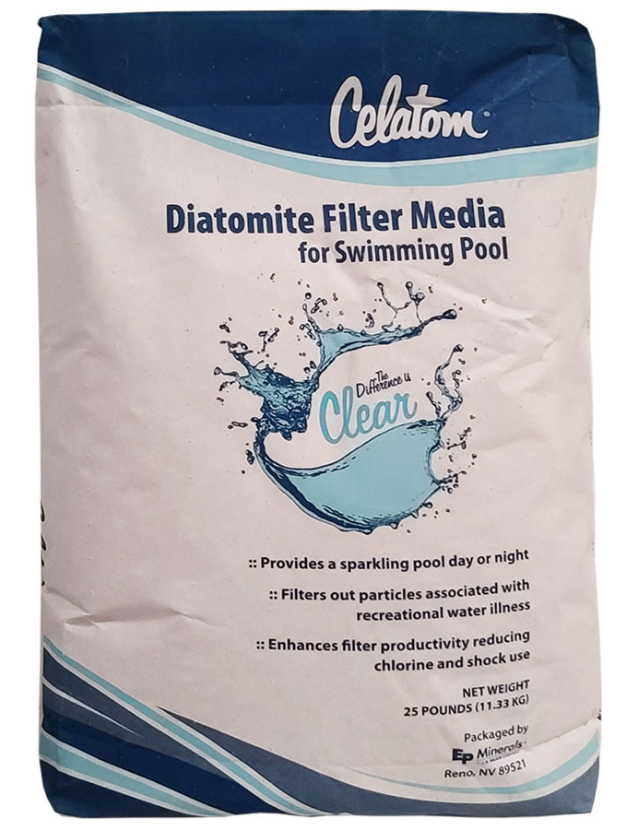
We’ve covered everything about DE leakage, its causes, and how to fix them. Let’s do a quick recap of everything we learned:
By staying on top of your pool maintenance, you can keep your pool in pristine condition and prevent DE leakage issues.
However, we understand that pool maintenance can sometimes be time-consuming and overwhelming.
That’s why our team of pool professionals is here to help you every step of the way. We’re dedicated to keeping your pool clean, clear, and ready for enjoyment all summer. Don’t hesitate to contact us for expert assistance with your DE filter system or any other pool maintenance needs.
Our experienced team is just a call or text away, reach out to us at (631) 527-3634.
Let us handle the work so you can spend more time soaking up the sun and creating lasting memories with your family and friends.

We make pool ownership easy with stress-free maintenance, expert repairs, and cutting-edge tech. From sparkling water to pool automation, we handle every detail so you can relax and enjoy your pool.
© 2025 Paul Romanelli & Son Pool Service.